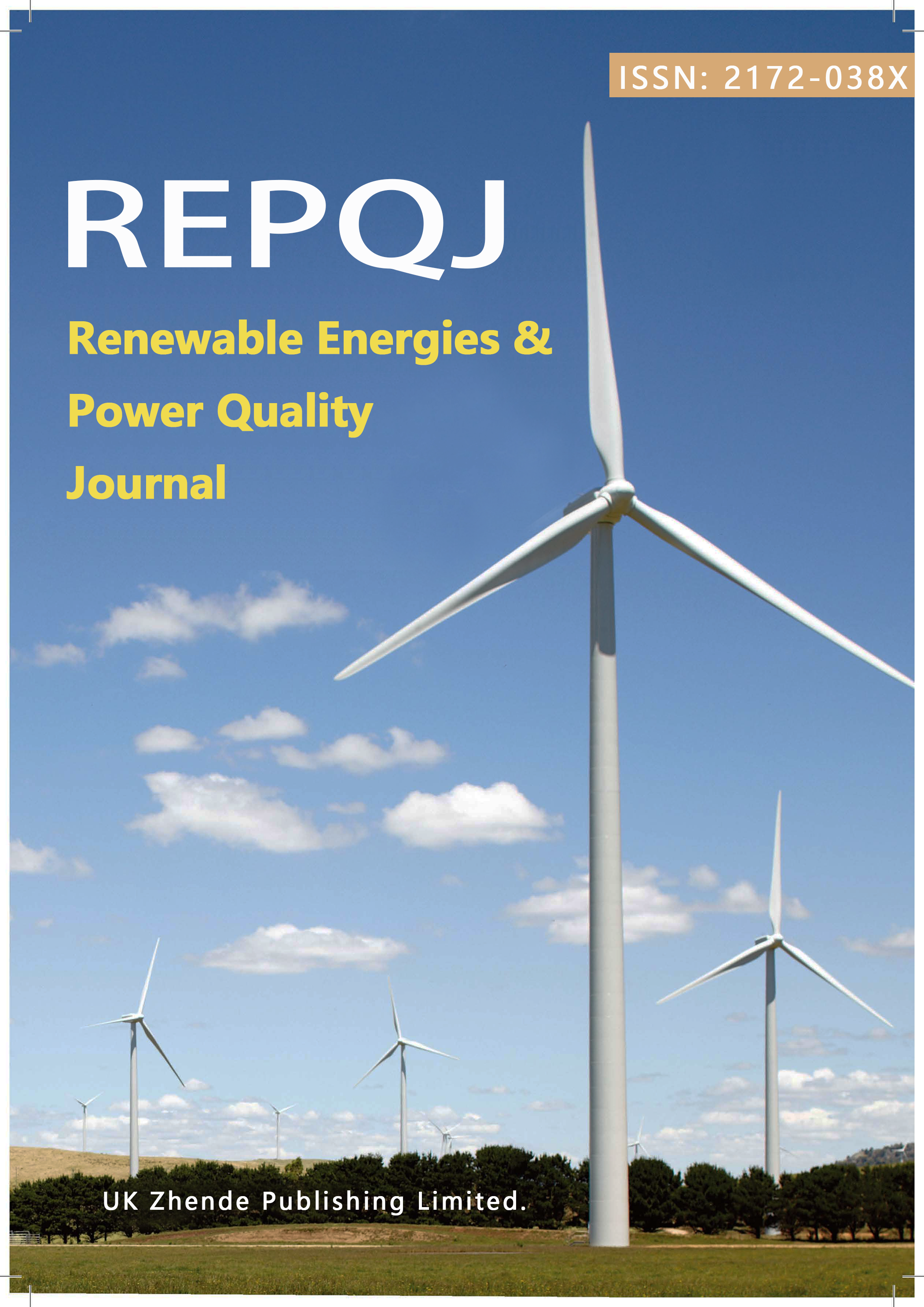Multivariate analysis of CO2 emissions by energy generation in IEA member countries
DOI:
https://doi.org/10.24084/repqj21.273Keywords:
Cluster, Factor Analysis, CO2 emissions, Renewable Energy, Multivariate StatisticsAbstract
The concentration of carbon dioxide (CO2), the main catalyst for global warming, reached an average of 414.7 parts per million in 2021 and 2.3 ppm more than in 2020. This theme is significant and has gained space in global discussions. This research aimed to deal with and analyze essential points in this discussion. With the study, it was possible to point out evidence that Brazil is a country that has been significantly reducing its CO2 emissions, being in the cluster along with IEA member countries that least issue CO2 . With this article, it was possible to point out similar characteristics between the CO2 emissions of the countries, making it possible to highlight three latent variables: countries that have a constant tall or low trend in CO2 emissions, Grouping of countries that showed an upward trend at the beginning of the analyzed period, but with a significant reduction CO2 over time, and countries that have had more discrepant behavior from the others, these being the countries that have a structural breakdown in their time series of CO2 emissions by power generation.











